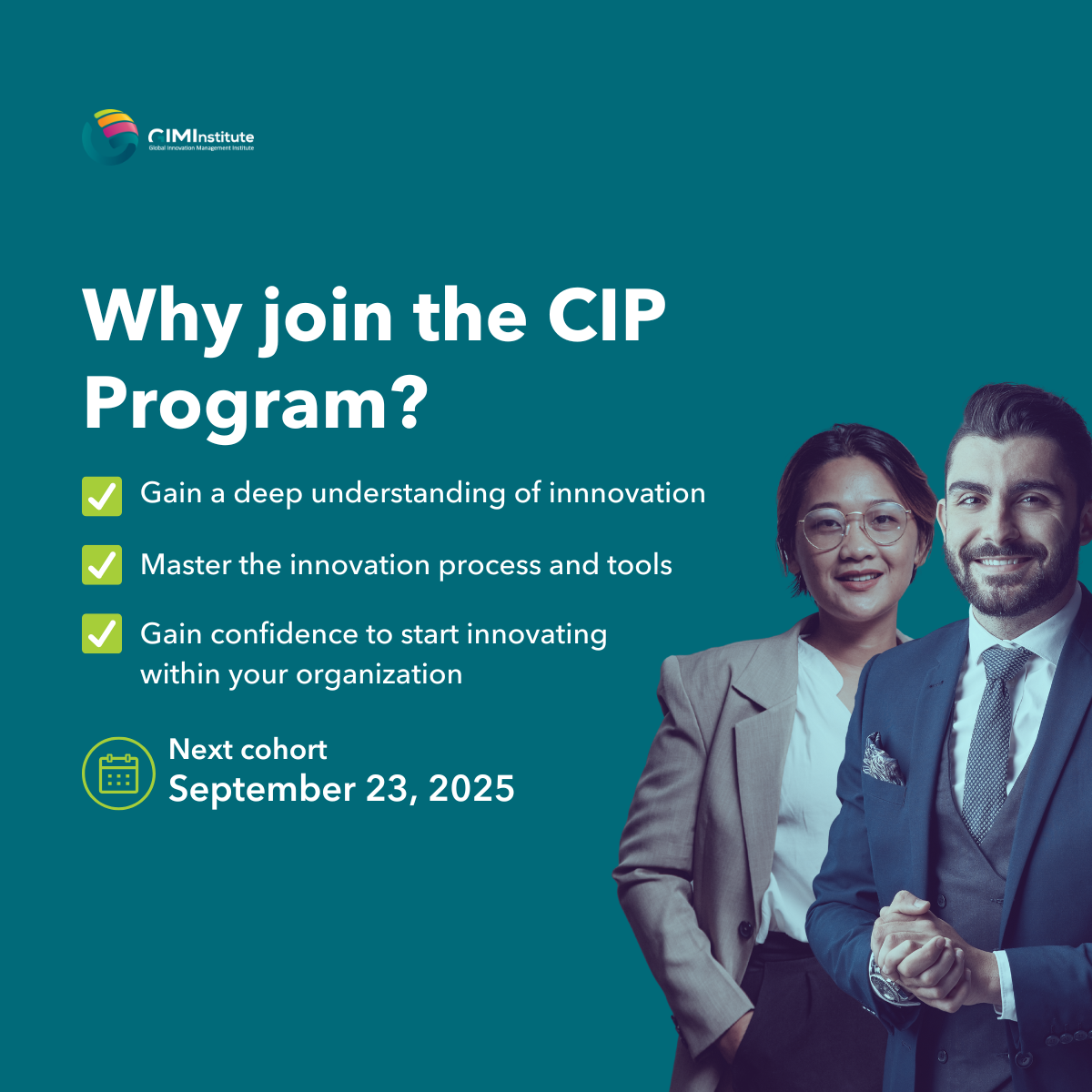Government Innovation From Within: The Role Of Innovators And Their Organizations
UAE Edition. Part 2
INNOVATORS AND THEIR ORGANISATIONS
By: Rafael Lemaitre, ShiftIN Partners
During our research we examined various factors at both the individual and organisation levels. For the individuals we analyzed their skills, domain knowledge, risk appetite, and attitudes while at the organisation level we looked at leadership styles, incentives, and processes.
Characteristics Of Innovators
As mentioned before, innovation goes well beyond the frontend. Our research of the UAE Government entities yields quite interesting results. For example, almost one third of the respondents reported that their entities had innovation champions appointed and innovation teams were in place to steer the implementation. These two concepts are key, making innovation happen relies heavily on having the rightpeople in the right place with the right level of commitment. The existence of identified innovators, well trained and with sound tools, and governance in place can make a large difference.
Our research also looked at the concept of risk, as it is closely linked with innovation. Risk is present in many stages of an innovation process, from the early stages up to the implementation phase. Pursuing innovation implies a certain degree of risk-taking, which has been identified as a characteristic of efficient innovation managers: risk-averse subjects are less innovative. The risk appetite can shape how individuals pursue (or abandon) innovations. We analyzed the risk appetite of the respondents at a scale from zero (unwilling to take any risk) to ten (fully prepared to take risks). Almost half of them (49%) were concentrated in the seven and eight marks while respondents with a risk appetite of four or lower were very rare (11.2%). Furthermore, in our analysis of risk, we examined the impact of risk-appetite on the results delivered by the most important innovation in terms of positive effects for the organisation (i.e. better, faster, cheaper service, more efficiency, etc.) and found a significant positive association between the level of risk appetite and the positive results.
We also reviewed the domain of respondent’s knowledge: (a) knowledge about new trends and developments, (b) knowledge about information and communication technologies relevant to the organisation. In the first domain, a large share of respondents (74%) reported to have full knowledge of the trends in the sector of their organisation. In the second domain, the percentage of respondents who reported full knowledge was somewhat lower (63%).
Innovation Culture And The Role of Leadership
After looking at the individual profiles of the innovators, we examined the collective profiles of the organisations with special emphasis on the leadership style and the incentive mechanisms in place.
The role of leadership in innovation is pivotal: from giving individuals the time to innovate, supporting them through the innovation process, creating a culture that encourages innovation, to providing the right incentives for doing so. We analyzed the various levels that entities are achieving in each of these aspects. When it comes to creating a culture that supports experimentation and accepts failure, reported levels are on the low side: 29.6% of the respondents state that their entities management fully support experimentation and 16.6% stated that their organisations have a culture that fully supports them when an innovation fails, with relatively high levels of no support (14.2% and 22.7%, respectively).
In addition, the leadership profiles of the organisations towards innovation were assessed. The large majority was found cautious (63.2%) or open (30.4%) to innovation while a very small minority (6.4%) was averse to innovation.
Charts 8, 9, and 10 show results supporting experimentation, culture towards failure, and leadership attitude. There are multiple opportunities for improvement here, as innovation flourishes when there is an open environment that tolerates risk of failure and encourages experimentation, even if the probabilities of success are uncertain.
Additionally to leadership profile and attitude towards innovation, there is another organisational aspect that is essential for innovation, and it is the incentives scheme in place.
Incentives can take many forms, from mechanisms rewarding idea generation (financial or non-financial) to allocating time for employees to innovate. Our research indicates that 32.7% of the organisations have incentives for employees who produce ideas (76.9% when considering also partial incentive mechanisms) and take part in their development, and 22.6% have specific time allocated for innovation (72.6% when considering also some sort of time allocation).
At a further analysis, incentives were broken down into two categories: a) incentives for identifying new ideas (i.e. idea awards, recognition, etc.), and, b) incentives for taking part in the incubation and development of innovations. For each category, we identified the type of incentive, namely if it was non-monetary (i.e. recognition) from the senior management, non-monetary from external stakeholders, or monetary. For the idea generation, the majority of incentives were in the form of internal awards or recognition by the entities’ own senior management (40% of the respondents reported “Fully” in the relevant question) while monetary or external awards were much less reported (15% reported “Fully”). The incentives for the second category (taking part in the incubation and development of the innovations) were highly correlated with the first, with almost identical response rates.
External Factors That Drive Or Hinder Innovation
Drivers and barriers to innovation are often quoted and cited in innovation research although it is difficult to draw a clear line in what constitutes a driver and what constitutes a barrier. For example, budget constraints or restrictions can act as a driver for organisations to innovate in order to do ‘more with less’, but they can also constitute a barrier, as the lack of funds for innovation can compromise some key innovation projects or initiatives. For this reason, we grouped the main external forces that could have an impact on the innovation of the entities (regardless of whether this impact is positive or negative). These are the factors assigned with ‘high importance’, in descending order:
About ShiftIN Partners
ShiftIN Partnersis a leading strategy management consulting firm focused on helping clients manage strategy and innovation programs that enable the organization to achieve the necessary Shift, working from withIN. ShiftIN professionals have successfully led several consulting engagements worldwide, Partnering with customers in the Government, Utilities & Infrastructure, Oil & Gas, Manufacturing, Healthcare & Pharmaceutical, Financial Services and Telecommunications sectors.






